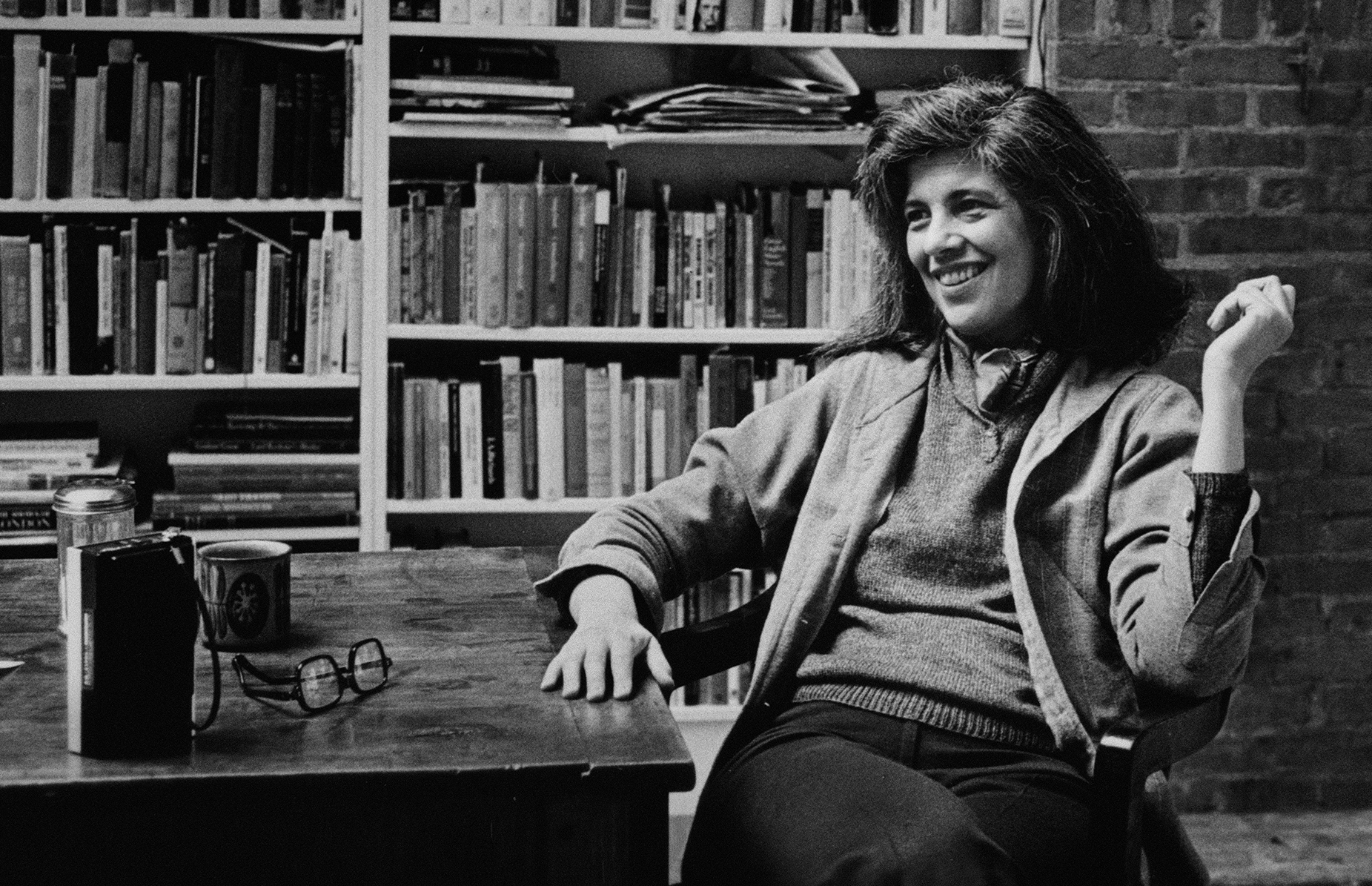1) On the way photos have turned us into image junkies
Needing to have reality confirmed and experience enhanced by photographs is an aesthetic consumerism to which everyone is now addicted. Industrial societies turn their citizens into image-junkies; it is the most irresistible form of mental pollution. Poignant longings for beauty, for an end to probing below the surface, for a redemption and celebration of the body of the world — all these elements of erotic feeling are affirmed in the pleasure we take in photographs. But other, less liberating feelings are expressed as well. It would not be wrong to speak of people having a compulsion to photograph: to turn experience itself into a way of seeing. Ultimately, having an experience becomes identical with taking a photograph of it, and participating in a public event comes more and more to be equivalent to looking at it in photographed form.
2) On how photos have altered our notion of what is beautiful
It is common for those who have glimpsed something beautiful to express regret at not having been able to photograph it. So successful has been the camera’s role in beautifying the world that photographs, rather than the world, have become the standard of the beautiful. House-proud hosts may well pull out photographs of the place to show visitors how really splendid it is. We learn to see ourselves photographically: to regard oneself as attractive is, precisely, to judge that one would look good in a photograph. Photographs create the beautiful and — over generations of picture-taking — use it up. Certain glories of nature, for example, have been all but abandoned to the indefatigable attentions of amateur camera. The image-surfeited are likely to find sunsets corny; they now look, alas, too much like photographs.
3) On the way photos instantly antique reality
The photographer is willy-nilly engaged in the enterprise of antiquing reality, and photographs are themselves instant antiques. The photograph offers a modern counterpart of that characteristically romantic architectural genre, the artificial ruin: the ruin which is created in order to deepen the historical character of a landscape, to make nature suggestive — suggestive of the past.
4) On the anxiety we feel at having our photo taken
Many people are anxious when they’re about to be photographed: not because they fear, as primitives do, being violated but because they fear the camera’s disapproval. People want the idealized image: a photograph of themselves looking their best. They feel rebuked when the camera doesn’t return an image of themselves as more attractive than they really are. But few are lucky enough to be ‘photogenic’ — that is, to look better in photographs (even when not made up or flattered by the lighting) than in real life. That photographs are often praised for their candor, their honesty, indicated that most photographs, of course, are not candid. …In the mid-1840s, a German photographer invented the first technique for retouching the negative. His two versions of the same portrait — one retouched, the other not — astounded crowds at the Exhibition Unverselle held in Paris in 1855. The news that the camera could lie made getting photographed much more popular.
5) On how photos can get in the way of the travel experience
A way of certifying experience, taking photographs I also a way of refusing it — by limiting experience to a search for the photogenic, by converting experience into an image, a souvenir. Travel becomes a strategy for accumulating photographs. The very activity of taking pictures is soothing, and assuages general feelings of disorientation that are likely to be exacerbated by travel. Most tourists feel compelled to put the camera between themselves and whatever is remarkable that they encounter. Unsure of other responses, they take a picture.
6) On the way photos make us tourists of reality
Whatever the moral claims made on behalf of photography, its main effect is to convert the world into a department store or a museum-without-walls in which every subject is depreciated into an article of consumption, promoted into an item for aesthetic appreciation. Through the camera people become customers or tourists of reality — or Realites, as the name of the French photo-magazine suggests, for reality is understood as plural, fascinating, and up for grabs. Bringing the exotic near, rendering the familiar and homely exotic, photographs made the entire world available as an object of appraisal.”
7) On our fixation with pictures of misery and disaster
A society which makes it normative to aspire never to experience privation, failure, misery, pain, dread disease, and in which death itself is regarded not as natural and inevitable but as a cruel, unmerited disaster, creates a tremendous curiosity about these events – a curiosity that is partly satisfied through picture-taking. The feeling of being exempt from calamity stimulates interest in looking at painful pictures, and looking at them suggests and strengthens the feeling that one is exempt. Partly it is because one is ‘here’, not ‘there’, and partly it is the character of inevitability that all events acquire when they are transmuted into images. In the real world, something is happening and no one knows what is going to happen. In the image-world, it has happened, and it will forever happen in that way.
8) On how photos have lead to empathy fatigue
The quality of feeling, including moral outrage, that people can muster in response to photographs of the oppressed, the exploited, the starving, and to the massacred also depends on the degree of their familiarity with these images. Don McCullin’s photographs of emaciated Biafrans in the early 1970s had less impact for some people than Werner Bischof’s photographs of Indian famine victims in the early 1950s because those images had become banal, and the photographs of Tuareg families dying of starvation in the sub-Sahara that appeared in magazines everywhere in 1973 must have seemed to many like an unbearable replay of a now familiar atrocity exhibition.
9) On the existential poignancy of capturing a moment
All photographs are memento mori. To take a photograph is to participate in another person’s (or thing’s) mortality, vulnerability, mutability. Precisely by slicing out this moment and freezing it, all photographs testify to time’s relentless melt.
Read the book:






